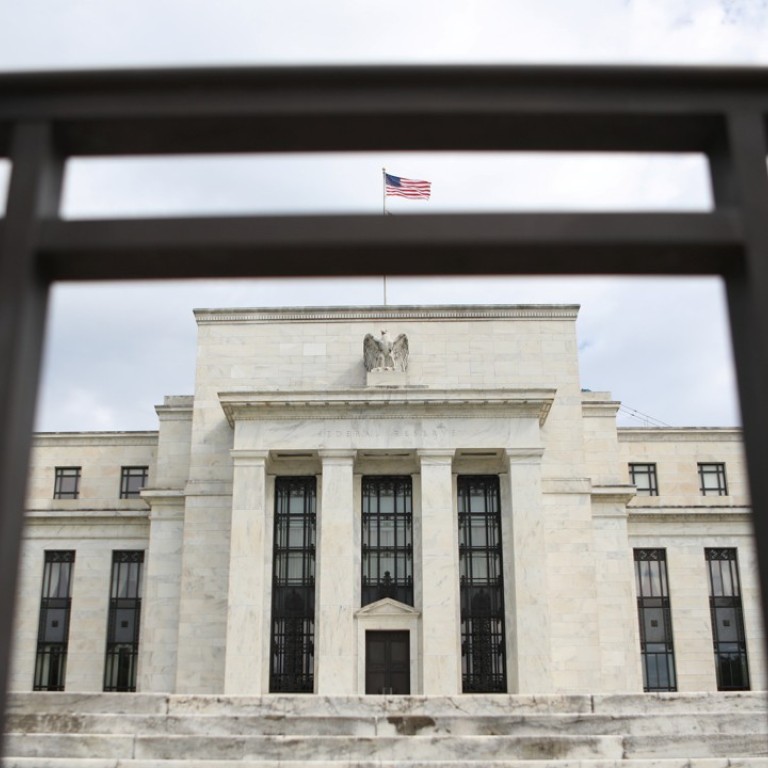
US concern about impact of China trade war on jobs and prices growing
Federal Reserve minutes show how implications of dispute for US economy is becoming more of a worry for policymakers
US Federal Reserve officials discussed how global trade disputes, including the current stand-off with China, could batter businesses and households, minutes of the US central bank’s last policy meeting showed.
While the meeting in Washington focused on discussions about whether to raise interest rates soon to counter excessive economic strength, it also examined the risk from the ongoing trade tensions.
The Trump administration has raised tariffs on imports from a range of countries, including on US$34 billion of Chinese goods, triggering retaliatory tariffs on US exports.
US-China trade war will have consequences for consumers and producers, says Li & Fung
The discussion outlined the tough situation the Fed could find itself in should the trade disputes worsen, with US businesses potentially needing to scale back hiring and consumers possibly facing higher prices on imports.
The Fed is tasked by law with fostering full employment and steady prices. “All participants pointed to ongoing trade disputes as an important source of uncertainty and risks,” according to the minutes. Policymakers pointed out that a large prolonged trade dispute could hurt business sentiment, investment spending and employment.
Wide-ranging tariff increases would reduce the purchasing power of US households, according to the minutes.
Minutes of the meeting read: “Business contacts in a few districts reported that uncertainty regarding trade policy had led to some reductions or delays in their investment spending.
Nonetheless, a number of participants indicated that most businesses concerned about trade disputes had not yet cut back their capital expenditures or hiring but might do so if trade tensions were not resolved soon.”
The minutes also said that the agriculture sector had experienced “significant declines in crop and livestock prices”, with trade tensions being blamed in part. Agriculture was among the sectors hit by China’s reciprocal tariffs on US$34 billion of American goods.
How US tariffs are expected to hit China’s growth rates
The meeting also highlighted further possible risks including “reductions in productivity and disruptions of supply chains” as well as “the possibility of a significant weakening in the housing sector [and] a sharp increase in oil prices”.
The minutes from the previous month’s meeting, held before tariffs on US$34 billion of Chinese goods came into effect on July 6, had also raised concern about the possible impact of the tariffs.
But the only reported impact then was that some capital spending plans had been scaled back or postponed in light of the uncertainty, while conditions in the agricultural sector had “reportedly improved somewhat”.
The Fed, which released the readout from its July 31-August 1 meeting on Wednesday, has been raising rates gradually since 2015 and is now concerned the economy is so strong that inflation could rise persistently above its 2 per cent target.
Fed policymakers left rates unchanged at their last meeting, but their discussion made it clear they are considering another rate increase as soon as their next meeting at the end of September.
